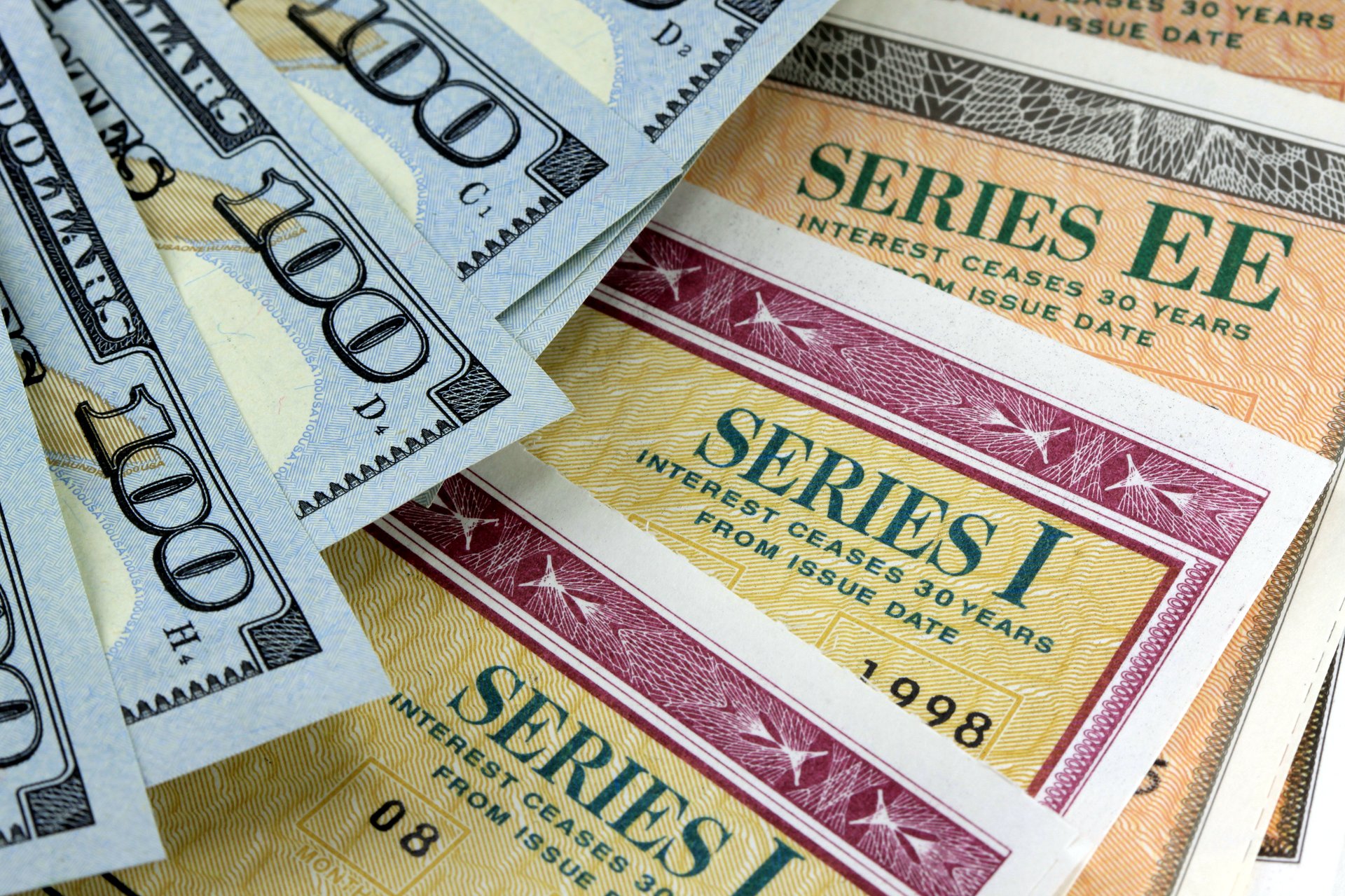
All good things must come to an end.
Series I Savings Bonds, aka I bonds, have been paying out a record-setting interest rate in recent months, but time is running out to lock in that rate.
The composite interest rate for the newly fashionable I bonds hit 9.62% in May, an all-time high for the government bond, which was created in 1998 to protect Americans’ savings from inflation. Financial experts often hail the bonds as one of the safest and savviest investments for middle-income Americans, especially during times of high inflation: When the inflation rate rises, so does the interest rate on I bonds.
“You can’t lose money. The composite rate can never go below 0%,” according to I Bond Manifesto, an ode to I bonds co-authored by a cadre of financial planners and Nobel prize-winning economists. “I Bonds will never return less in nominal terms than you invested in them even if the country enters a prolonged period of deflation.”
I bonds do have caveats, of course. They can’t be cashed out within one year of purchase unless there’s an emergency. If cashed out within five years, the final three months of interest are lost. The purchase process for I bonds through the Department of the Treasury can also be cumbersome. But for many, a guaranteed payout — that’s currently unrivaled by any stock or savings account — is well worth it.
While the economy is far from entering a prolonged period of deflation (or in other words, negative inflation), inflation has been cooling — albeit mildly. Because of this, the new I bond rate is expected to tick down from the current sky-high one. The Treasury Department will announce the new rate on Nov. 1.
Buying I bonds at 9.62%
The good news: If you’re looking to take advantage of the 9.62% rate, you still have a window to buy I bonds.
I bonds that are purchased by the last business day of October will still earn a full six months worth of interest at an annualized 9.62% rate.
Because of how interest accrues with I bonds, the exact date of purchase in October is less important. Those wanting to lock in the 9.62% rate for six months should do so before the end of the month.
“Interest is earned on the last day of each month and is posted to your account on the first day of the following month,” the I Bond Manifesto authors wrote. “So, if you own your I Bonds on the last day of any month, you’ll earn that full month’s interest.”
In other words, it doesn’t matter if you bought your I bonds on Oct. 1 or want to wait until Oct. 31, you will still get a full month’s worth of interest. And after six months, the interest you earn will be added to your bond’s principal value, and your rate will automatically change over to the rate announced on Nov. 1.
What will the new I bond rate be?
The composite rate of an I bond is made up of two rates: a “fixed rate” and a “variable rate.”
Every May and November, the Treasury Department calculates the new composite rate by using the previous six months of inflation data to set the variable rate. It also announces a fixed rate, which has been frozen at zero since May 2020. These rates are then combined to make up an I bond’s overall composite rate.
While there’s no way to confirm in advance what the composite rate will be, there is a way to know what the minimum rate will be before it’s announced by calculating the variable rate.
David Enna, a co-author of I Bond Manifesto and founder of the financial website TIPS Watch (short for Treasury Inflation Protected Securities), has a track record of accurately forecasting I bond rates, including the current 9.62% rate. As Enna recently explained to Money, it’s not about crystal-ball predictions.
“When the inflation report for the last month — either in April or October — comes out,” Enna said, “you can tell what the [variable] rate is gonna be weeks before they announce it.”
Right now, we are only missing one month of inflation data: September. The Department of Labor releases the last piece of the puzzle on Oct. 13, and that can be used to estimate the upcoming I bond rate before it’s announced on Nov. 1.
Based on the inflation data currently available, the I bond composite rate will likely be in the ballpark of 6% assuming the fixed rate stays put. That’s a very high rate for I bonds compared to pre-pandemic years, but we will have a much clearer picture when the Labor Department publishes September’s inflation rate.
© Copyright 2021 Ad Practitioners, LLC. All Rights Reserved.
This article originally appeared on Money.com and may contain affiliate links for which Money receives compensation. Opinions expressed in this article are the author’s alone, not those of a third-party entity, and have not been reviewed, approved, or otherwise endorsed. Offers may be subject to change without notice. For more information, read Money’s full disclaimer.




Add a Comment
Our Policy: We welcome relevant and respectful comments in order to foster healthy and informative discussions. All other comments may be removed. Comments with links are automatically held for moderation.